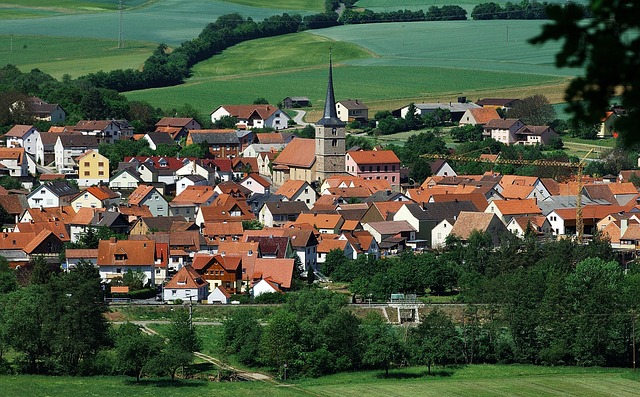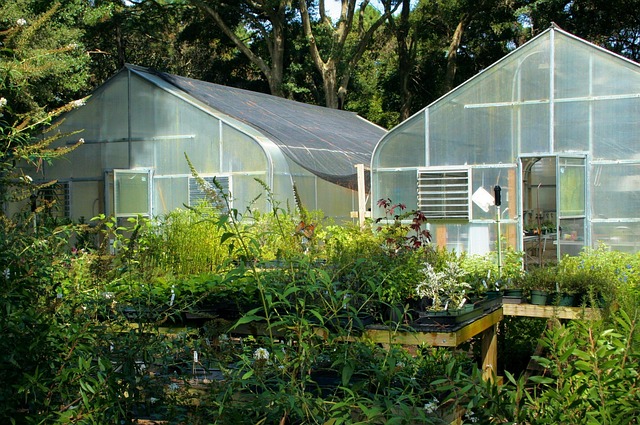In real estate, sustainability is now a primary goal aligning with global environmental goals. It involves minimizing ecological footprints through eco-friendly materials, energy-efficient systems, and innovative designs, leading to economic benefits like reduced costs and increased property values. Governments worldwide enforce stricter regulations for green building practices, making compliance essential to avoid penalties. Sustainable construction is becoming mandatory, requiring developers and architects to use locally sourced materials, efficient systems, and green features to create compliant, eco-friendly buildings while staying updated on evolving regulations.
In today’s evolving real estate landscape, sustainable construction is not just a trend but a necessary step towards a greener future. This article explores the intricate balance between environmental stewardship and regulatory compliance in the realm of real estate. We delve into understanding sustainability, navigating the regulatory framework, and highlighting best practices for developers aiming to create eco-friendly structures that adhere to standards while minimizing their ecological footprint.
Understanding Sustainability in Real Estate

In the realm of real estate, sustainability is no longer an optional consideration but a crucial aspect that aligns with global environmental goals. It involves creating and managing buildings, neighborhoods, and entire communities in ways that minimize their impact on the natural environment while maximizing resource efficiency. This includes adopting eco-friendly materials, energy-efficient systems, and innovative designs that promote healthier living spaces.
Real estate professionals are increasingly recognizing the economic benefits of sustainable practices, such as reduced operational costs, improved property values, and enhanced tenant appeal. By embracing green building standards and regulations, developers, architects, and investors can contribute to a more sustainable future while ensuring their projects remain competitive in today’s market.
Regulatory Framework for Eco-Friendly Construction

The Regulatory Framework for Eco-Friendly Construction plays a pivotal role in shaping the sustainability landscape within the real estate industry. Governments worldwide are implementing stricter norms to promote environmentally conscious building practices, ensuring that new constructions and renovations meet specific eco-standards. These regulations cover various aspects, from energy efficiency measures and sustainable material usage to water conservation techniques and waste management strategies.
Compliance with these standards is not only an ethical imperative but also a legal requirement for developers and construction companies. Non-compliance can result in penalties, delays, or even project shutdowns. Staying abreast of evolving regulations is crucial for real estate professionals who aim to deliver sustainable buildings that minimize environmental impact while adhering to legal mandates.
Best Practices for Compliant Sustainable Building

In the realm of real estate, sustainable construction is not just a trend but a necessity, driven by environmental considerations and regulatory demands. To achieve compliant sustainable building, developers and architects must embrace best practices that integrate eco-friendly materials, energy-efficient designs, and water conservation strategies. One key practice is utilizing locally sourced materials to reduce the carbon footprint associated with transportation, contributing to a more robust and ecologically sensitive built environment.
Additionally, implementing intelligent HVAC systems, smart lighting solutions, and efficient insulation can significantly lower energy consumption. These measures not only align with building codes but also offer long-term cost savings for occupants. Furthermore, incorporating green roofs, vertical gardens, and adequate natural ventilation enhances indoor air quality, fostering healthier living and working spaces. Staying abreast of evolving regulations and industry standards is vital to ensure that sustainable construction remains both effective and compliant in the dynamic real estate landscape.






